Living in small areas shouldn’t be a nuisance for your gardening hobby, as herbs with shallow roots system will be your lifesaver. Most herbs not only are beneficial for health but also shallow-rooted. With root depth usually no more than 12 inches (30 centimeters), they’re felicitous to grow in small areas like window boxes and patios! If you’re still hesitant to pick which herbs with shallow roots to grow, here are our 12 favorite herbs with shallow roots to grow in small spaces.
Table of Contents
What Are Shallow Root Vegetables and Herbs and Why Are They Good for Small Spaces?
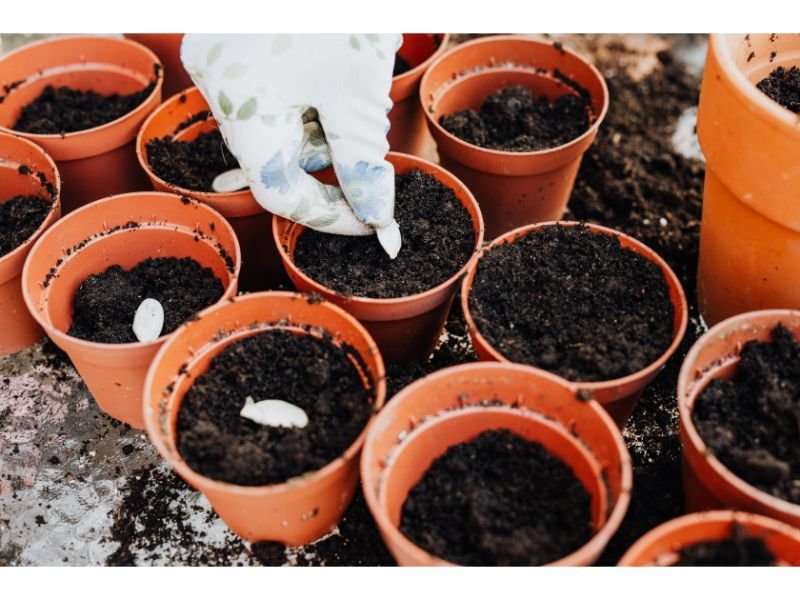
Plants were created differently. Most have deep root systems while others thrive with shallow root systems. Plants with a shallow root system are plants with main roots that grow only to the first 12 or 24 inches (30 to 60 centimeters) of the topsoil. There are main reasons why herbs that grow in shallow soil are good for small spaces.
As the name indicates, vegetables and herbs with shallow roots mean they don’t require special gardening land. Their shallow roots system allows them to thrive in small to medium planters, such as containers and pots, or spaces such as patios and walkways. Growing your herbs also could save you lots of money, especially those perennial herbs that grow one after the next season.
To add, most herbs with shallow roots are good for health. We can name a few, like mint which can help fight bloat and bowel-related problems, or oregano with its antibacterial properties. Now, let’s move into some herbs with shallow roots to be grown either in containers, hanging baskets, or pots. In the next section, we will also give you some flowering herbs, for those who would love to see some blooms in their tiny nursery.
Herbs with Shallow Roots for Containers
Borage (Borago officinalis)

Growing Zones: 2 to 11
Root Depth: About 8 inches (20 centimeters)
As part of a famous medicinal herb, this annual herb native to the Mediterranean is also commonly used in foods as both garnish and main ingredient. They produce blue, star-shaped blooms that are tasty snacks for pollinators too.
Cayenne Pepper (Capsicum annuum)

Growing Zones: 4 to 11
Root Depth: About 3 to 4 inches (8 to 10 centimeters)
For those who love some spiciness in their lives, you should try growing cayenne pepper, herbs with shallow roots that are high in capsaicin. These annual and low-maintenance plants are distant cousins to other spicy plants such as paprika, jalapeno, and bell peppers.
Hyssop (Agastache)

Growing Zones: 5 to 10
Root Depth: About 4 to 6 inches (10 to 15 centimeters)
Hyssop is a perennial that thrives well under the warm full sun. Part of the Mint Family, hyssop produces lavender, blue, purple, white, and any other variegated color blooms that give you that fresh, woody, camphor-like fragrance.
Herbs with Shallow Roots for Hanging Baskets
Centella Asiatica (Centella asiatica)
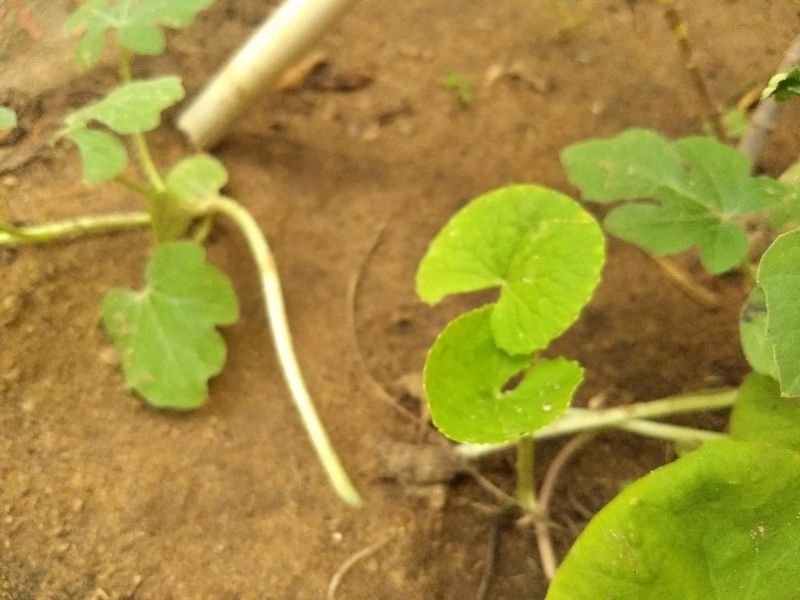
Growing Zones: 7 to 10
Root Depth: About 5 to 8 inches (12 to 20 centimeters)
Nowadays, these delicate and evergreen herbs with shallow roots have become one of the star ingredients among skin care products, noted for their antibacterial agents that help fight against acne. In contrast to the previous herbs, centella asiatica has no fragrance or taste and is mostly grown to be used in cosmetology products.
Basil (Ocimum basilicum)

Growing Zones: 10
Root Depth: About 8 to 12 inches (20 to 30 centimeters)
Also known as the Genovese Basil, basil originally thrives in mountain and coastal areas. Identical to hyssop and borage, in the world of culinary, basil is well-admired herbs that grow in shallow soil with fragrant foliage and minty, peppery-like flavor.
Rosemary (Salvia rosmarinus)
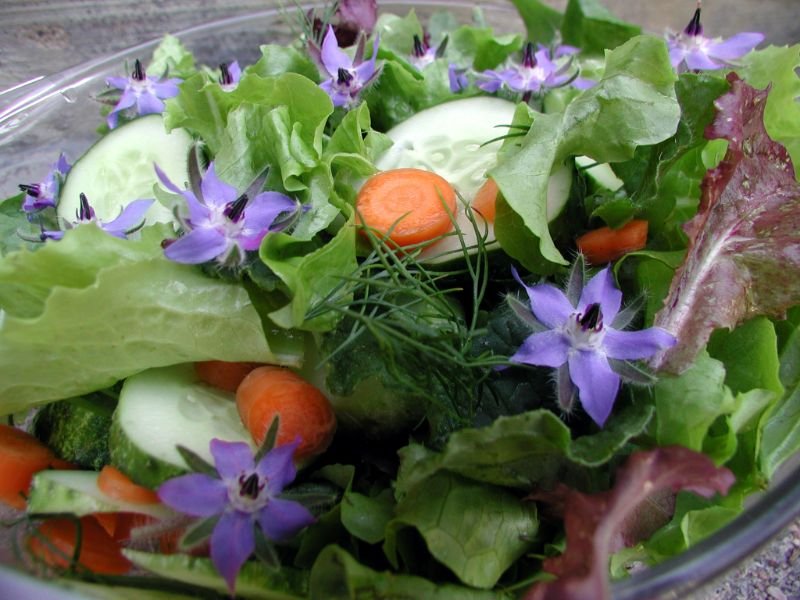
Growing Zones: 8 to 10
Root Depth: About 14 inches (35 centimeters)
A spring and summer bloomer, the mighty rosemary has long been a part of the cuisine, mostly used as a spice and added seasoning. This fragrance and the drought-tolerant plant are also a source of calcium, vitamin A, vitamin C, and iron.
Herbs with Shallow Roots for Pots
Bay Laurel (Laurus nobilis)
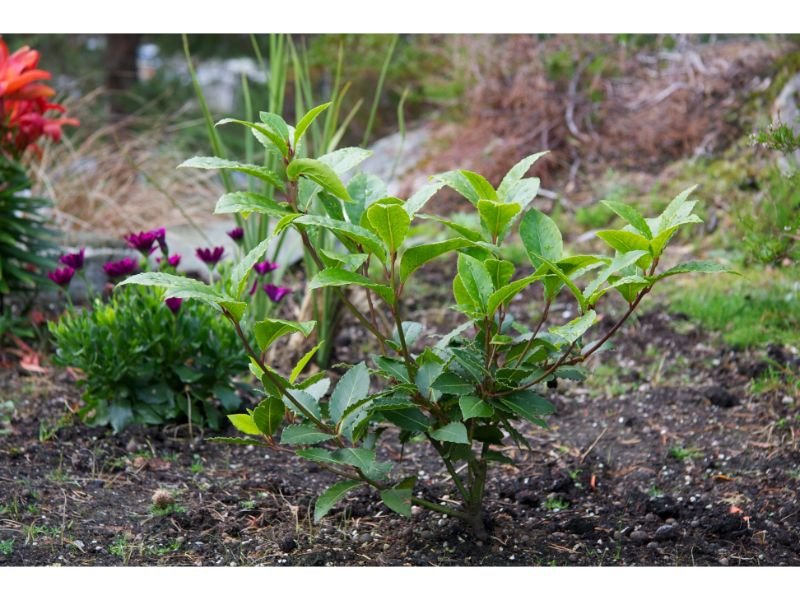
Growing Zones: 8 to 10
Root Depth: About 12 inches (30 centimeters)
Bay laurel is a perennial evergreen that is noted for its oval-shaped, dark-green foliage. Rich in magnesium, calcium, iron, and potassium, bay laurel needs regular pruning if you want to keep them smaller in size.
Celery (Apium graveolens)
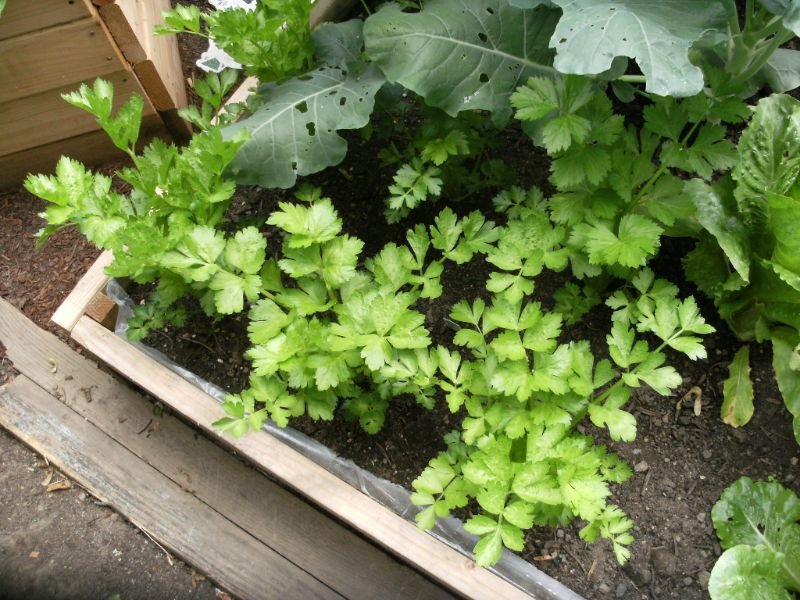
Growing Zones: 3 to 6
Root Depth: 6 to 18 inches (15 to 45 centimeters)
Equivalent to most plants, celery will thrive the best in moist soil with good drainage. A little bit of fun fact, these herbs with shallow roots became one of the oldest herbs ever consumed by humans! From the Ancient Rome Era to the present day, it’s no wonder why celery is still popular for its potassium and low glycemic index.
Mugwort (Artemisia vulgaris)

Growing Zones: 3 to 8
Root Depth: About 8 inches (20 centimeters)
Another favored herb among skincare enthusiasts is the perennial mugwort. Similar to centella asiatica, mugworts are rich in antioxidants and antibacterial properties that are superb for your skin. When consumed orally, mugwort is beneficial to treat problems such as irregular periods and digestive-related illnesses.
Flowering Herbs with Shallow Roots
Lobed Tickseed (Coreopsis auriculata)

Growing Zones: 4 to 9
Root Depth: About 10 inches (25 centimeters)
The gorgeous yellow and golden lobed tickseed prefers acid soil with high organic matter. Their dazzling and bright color would create the ultimate exquisite scenery for any sunny-themed or butterfly-themed gardens.
Saffron Crocus (Crocus sativus)
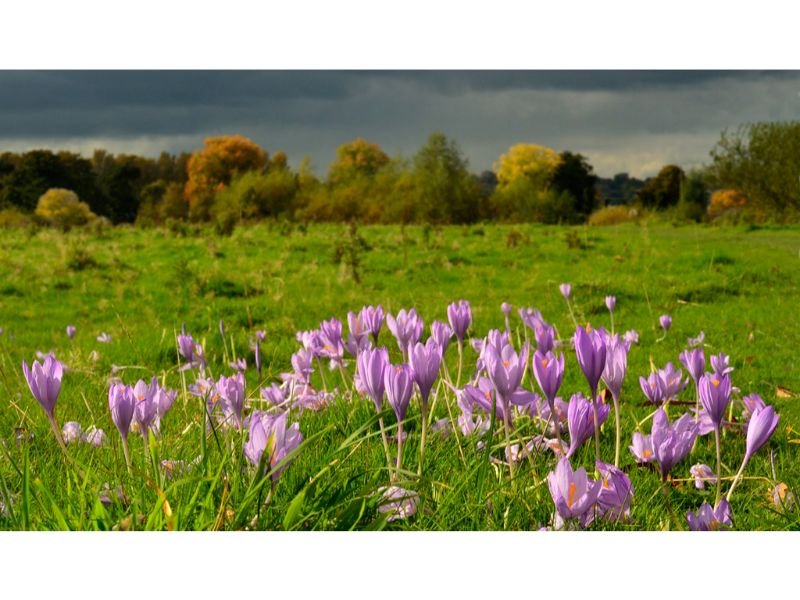
Growing Zones: 5 to 8
Root Depth: 2 to 5 inches (5 to 12 centimeters)
The Saffron crocus is such a breathtaking perennial, flowering herb that has been blessed with bright purple petals and yellow-red upright stamens. This low-maintenance plant of the Iris Family does best under the bright, direct sun with loamy or sandy, high organic matter soil.
Nasturtium (Tropaeolum)
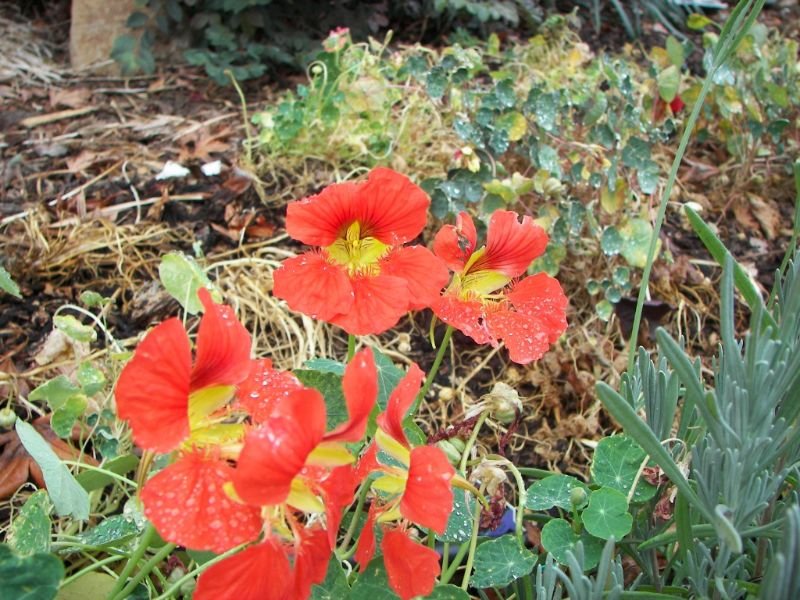
Growing Zones: 2 to 11
Root Depth: About 2 to 10 inches (5 to 25 centimeters)
Nasturtium will grant you with their tiny, colorful yellow, gold, and red blossoms, and centella asiatica-like, thin, dark green foliage. They attract butterflies and pollinators like hummingbirds and prefer acid, loamy, or clay soil to thrive. To add, nasturtium is also rich in potassium, phosphorus, and other beneficial minerals.
Tips: Pros and Cons of Each Planter for Herbs with Shallow Roots
Along with adequate light and proper watering, one thing you should not forget about herbs that grow in shallow soil is to pick the best planter. Gardening planters are not difficult to find both online and offline. They come in various materials and sizes to match your preference. Here are some pros and cons of each planter.
Plastic planters
Pros: Lightweight, cheaper
Cons: Not environment-friendly, prone to sun damage from prolonged exposure to sunlight
Terra-cotta planters
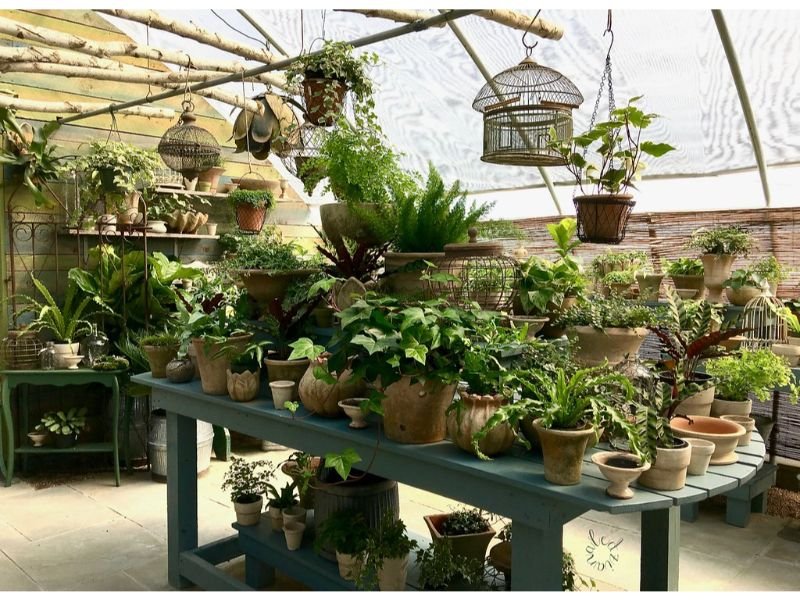
Pros: Moderately cheap, more aesthetically appealing
Cons: Heavy, prone to cracks if accidentally fall
Metal planters
Pros: Strong, can be painted to add aesthetic value
Cons: Prone to overheating from prolonged exposure to sunlight, heavy
Wood planters
Pros: More environment friendly, aesthetically appealing, especially for woody-themed gardens
Cons: Prone to fungi as woods are natural materials, can be costly
Final Thoughts on Herbs That Grow in Shallow Soil
There you have it, 12 popular herbs with shallow roots to grow in your small garden space. They surely could add more beauty, good fragrance, and more color to your nursery. Also, there’s no more in life than growing and adding freshly hand-picked herbs to your cooks!

New author in the hood. Loves gardening and flowers are my spirit animals (yes I know they are not animals but I insist). I will be covering most of the flowers’ topics here and occasionally random though as well.






